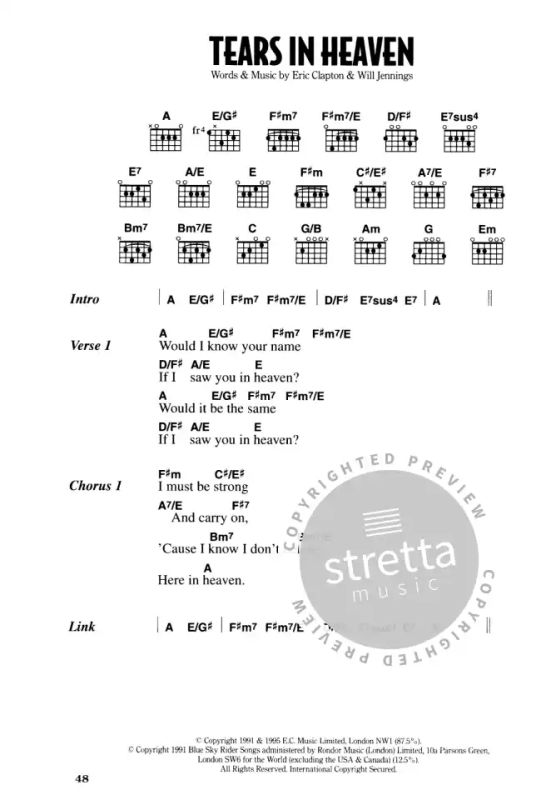

So you have a V, then a bVII which is actually the bIII of the V, and then back to the V, and presumably to I or something? What's mostly going on is that you have chromatic motion between the B and the Bb that builds tension, plus the common D that makes things smooth, and of course the fact that you're hitting a chord that sounds fresh because it's not in the key. Usually the bIII chord wants to move up to IV, but apparently (I haven't listened to the song, just read your description) it goes back down. That's usually pretty exciting, and it's known as a chromatic mediant relationship (again, that's a label, not an explanation). The overall effect is something important to consider: the G chord moves up a minor third to a major chord. The Bb chord works there because the Bb works, the D works, and the F works, and the overall effect works. I can write a really shitty chord progression without ever leaving the home key, so why would relating something to the key somehow explain why it's effective? The key is to realize that chords, generally, are structures made up of many notes, and each of those notes has its own tendencies, both as a unit (harmonically) and as individual notes (melodically). The part I don't like about the explanation is that it doesn't actually explain anything it just applies a label. There's an explanation I don't like, which is modal mixture (aka borrowing), whereupon the bVII chord is borrowed from the mixolydian (or minor, especially when there's a bVI nearby too). Is there an explanation to why this chord works? The point of the mode is to provide a "home" scale, but you're not under house arrest, you know! All the adventures are out there, not in here! The chords are nice because they're not in the mode of the song, because you're switching the modes. I've looked through different modes and such but i can't find a reason to how this fits so well. There's also the major-major thing when the V goes to bVII, which is happy-sounding, and the unexpected movement of the B in the G chord down to Bb instead of up to C is also interesting. Chromaticism is often a bit unexpected, so it can cause a nice reaction in listeners. Of course it does! Why would they use the chord if it didn't?Īnd that's whats annoying me, cause I have no clue why it sounds so good to me. Its usually easy for me to hear when there is a chromatic chord in a song, but with this Bb, I think it sounds really really good!


 0 kommentar(er)
0 kommentar(er)
